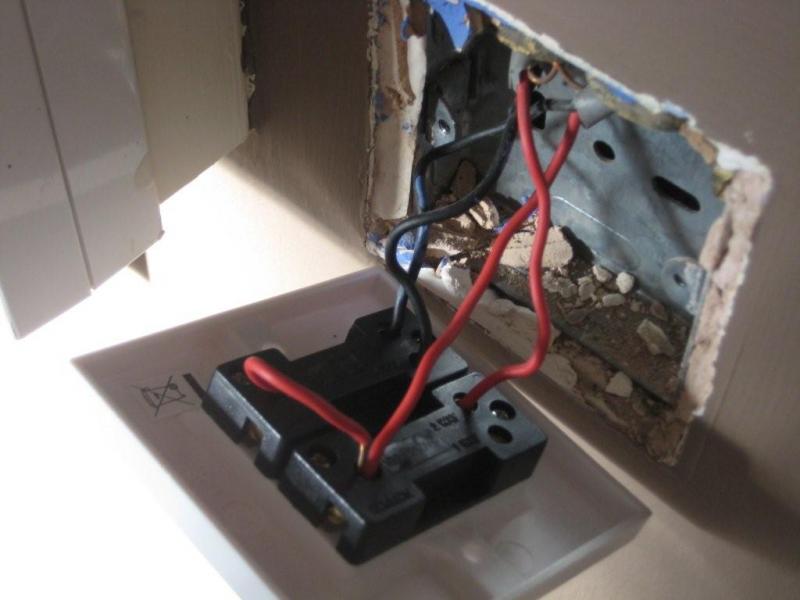Maybe your hall pair has the live connected to the black conductor? In this case, your landing light will only work when the hall light is on.
Go back to basics and check all the conductors to see what they do:
Disconnect the power and make safe.
Make a note of where the conductors are at the moment.
Disconnect all wires from both switches. Start with the top switch, the one gang one.
Put the red and black from the same cable in a terminal block so they are shorted together.
Now go to the two gang switch and put a multimeter set to continuity buzz
(ie it buzzes when you put the leads together) across the red and black of each cable in turn. When it buzzes, you've found the right pair. To double check, disconnect the temporary terminal block & make sure no pairs are buzzing, then reconnect & make sure the same pair is buzzing.
This then is what you call the strappers. They link between the two switches.
So the strappers go to L1 & L2 of the top switch and the remaining conductor to C or COMMON.
That same pair of strappers goes to L1 & L2 of the landing switch on the bottom switch plate.
Next, put terminal blocks on the remaining red & black at the bottom switch position.
Make sure it is safe, then reapply power. With your multimeter now set to voltage range including 250V, check between earth & the two other insulated conductors to see which shows mains voltage (216-252V).
Now disconnect power and make safe again.
Whichever is showing live, put that to the common & put a link across to the other common.
Now place the last remaining conductor in L1 of the one way switch.
This way, you should get it working again. If not, then there may be a break in a conductor or a faulty switch mechanism.
Don't forget to sleeve the blacks to show they are live conductors and the cpc's to show they are earth.







